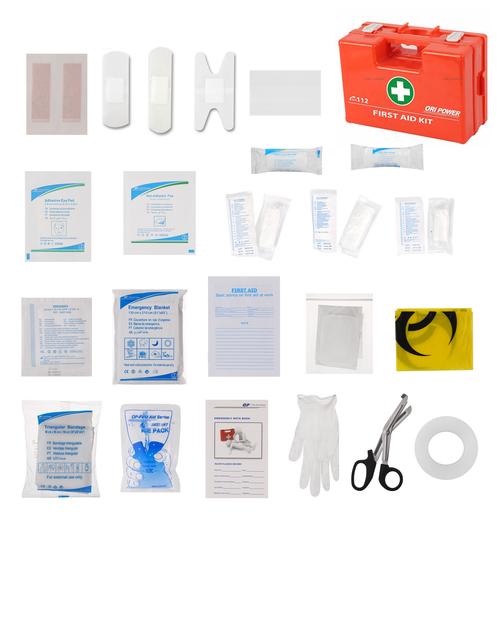
Understanding Tick Bites
Tick bites can be a cause for concern, especially if you spend time in tick-prone areas. These tiny arachnids can transmit diseases such as Lyme disease, Rocky Mountain spotted fever, and tularemia. Knowing how to properly care for a tick bite can help prevent complications and ensure a quick recovery.
What to Include in Your First Aid Kit for Tick Bites
When assembling a first aid kit for tick bites, it’s important to include a variety of items that can help you manage the situation effectively. Here’s a list of essential items to consider:

| Item | Description |
|---|---|
| Tick Removal Tool | A specialized tool designed to safely remove ticks without leaving parts of the tick behind. |
| Antibiotic Ointment | Used to prevent infection after the tick has been removed. |
| Alcohol Wipes | Used to clean the area around the tick bite to reduce the risk of infection. |
| Scissors | Used to cut away any remaining tick parts if the tick removal tool is not available. |
| Bandage | Used to cover the bite area after cleaning and applying antibiotic ointment. |
| Moist Towelettes | Handy for cleaning the bite area if soap and water are not available. |
| First Aid Manual | A guide to help you understand the proper procedure for tick removal and first aid treatment. |
How to Remove a Tick
Removing a tick properly is crucial to prevent the transmission of diseases. Here’s a step-by-step guide on how to do it:
- Wash your hands thoroughly with soap and water before handling the tick.
- Grasp the tick as close to the skin as possible using a pair of fine-tipped tweezers.
- Pull the tick straight out with a steady, even pressure. Avoid twisting or crushing the tick, as this can cause the mouthparts to break off and remain in the skin.
- After removing the tick, clean the bite area and your hands with alcohol wipes or soap and water.
- Disinfect the tick by placing it in alcohol or sealing it in a bag and throwing it away.
Post-Tick Bite Care
After removing the tick, it’s important to take care of the bite area to prevent infection and monitor for signs of illness:
- Apply antibiotic ointment to the bite area to prevent infection.
- Cover the bite with a bandage to protect it from further irritation and to keep it clean.
- Keep an eye on the bite area for any signs of infection, such as redness, swelling, or discharge.
- Monitor for symptoms of tick-borne diseases, such as fever, headache, joint pain, or rash. If you experience any of these symptoms, seek medical attention promptly.
When to Seek Medical Attention
While most tick bites do not require medical attention, there are certain situations where you should seek professional help:
- If the tick is not removed completely.
- If you experience severe pain, swelling, or redness around the bite area.
- If you develop symptoms of a tick-borne disease, such as fever, headache, joint pain, or rash.
- If you have a weakened immune system or are pregnant.
Preventing Tick Bites
The best way to deal with tick bites is to prevent them from happening in the first place. Here are some tips to help you avoid ticks:
- Wear long-sleeved shirts and pants when in tick-prone areas.
- Use insect repellent containing DEET, picaridin, or oil of lemon eucaly







